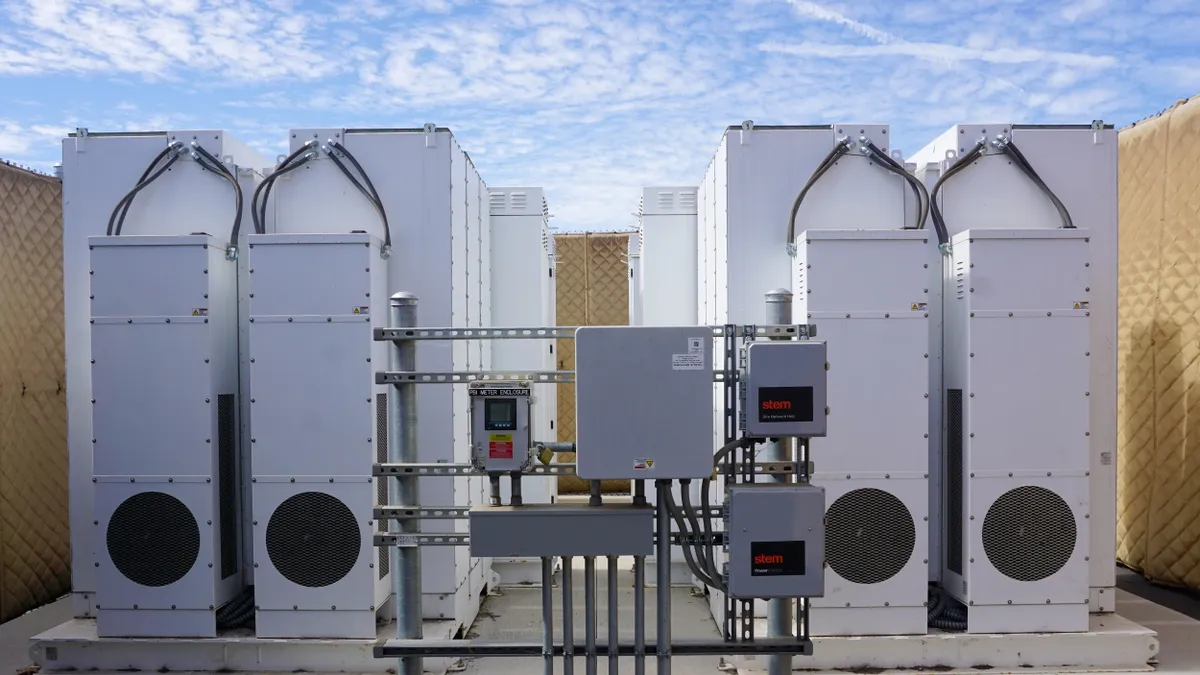Maryland can build more than 3,500 MW of energy storage by 2033, saving ratepayers as much as $100 million a year by 2033, according to preliminary findings in a recent report.
An energy mix with more than 3,000 MW of energy storage could reduce emissions by 93% over the next 10 years over current levels, said the study, “Maryland Energy Storage Study Results,” released March 24 by Synapse Energy Economics for the industry group American Clean Power.
“Storage is critical to meeting our emissions and energy goals _ and now we’ve got the data to show it’s a cost-effective investment, too,” said Moira Cyphers, ACP Director for Eastern State Affairs.
More than 3.5 GW of energy storage could be built with an average of more than 400 MW built each year starting in 2025, the report said.
System and ratepayer costs are marginally lower with increased storage than a “continued maintenance and expansion of gas-fired resources in Maryland,” the report said. Energy costs are about $2/MWh lower due to greater storage and renewables by 2033.
Deploying this level of storage would reduce residential electric bills by about $1 a month compared to an alternative that is more dependent on gas, according to the report.
Increased storage also helps cut carbon dioxide emissions, down 47% in Maryland from 2023 to 2033 than dependence on natural gas.
The U.S. energy storage market continues to expand rapidly, with 2022 setting an installation record of 4.8 GW of storage capacity, according to the report. Based on industry estimates, the U.S. storage market is expected to install almost 75 GW between 2023 and 2027.
The report said most new generation in Maryland from 2023 to 2033 will be from solar, which will serve 51% of the state’s load at the end of the 10 years. And wind generation will stand at 22% of load by 2033, primarily due to new offshore wind projects.
By 2033, about 97% of Maryland's electricity is served by non-fossil resources, according to the report.
The report says coal generation falls by 60% by the end of the 10-year period. Gas generation decreased by 23%, while utility solar and wind generation in PJM is set to rise in the decade.
By 2033, 65% of generation in the PJM territory is from non-fossil sources.















